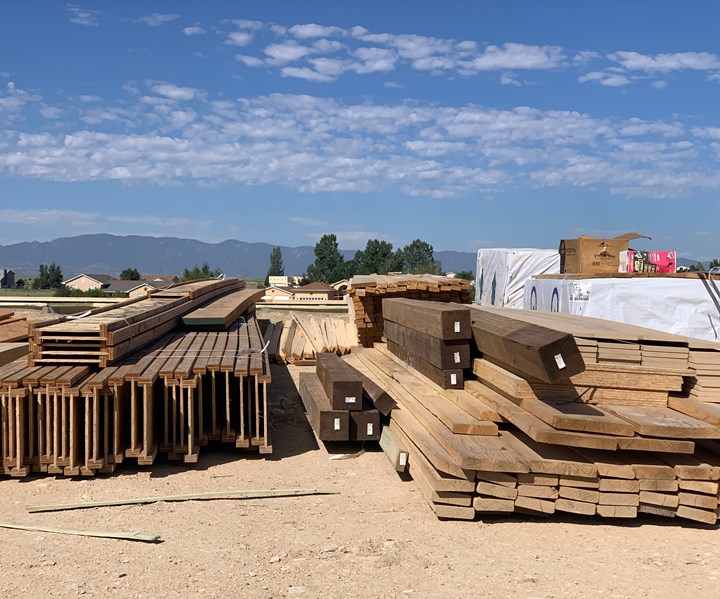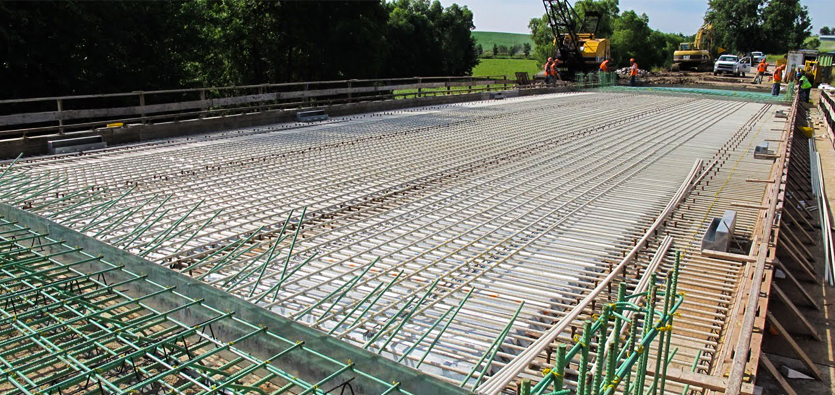How Composites are Transforming the Landscape of Building And Construction Products
Unlocking the Ecological Advantages of Recycled Compounds in Building and Layout
In the world of construction and layout, the application of recycled composites holds substantial guarantee for enhancing sustainability practices and decreasing environmental impact. The shift towards a much more sustainable future in these markets hinges on unlocking the full capacity of recycled compounds.

Environmental Effect Reduction
The reduction of environmental impact via making use of recycled compounds in building and design plays a critical duty in sustainable practices. By including recycled compounds right into structure products, the building and construction sector can significantly lower its carbon impact and add to an extra environment-friendly future. These lasting products, made from repurposed plastics, timber fibers, or other recycled components, supply a viable alternative to traditional building materials without compromising on high quality or longevity.
Recycled compounds assist draw away waste from landfills and decrease the demand for drawing out raw materials, therefore conserving all-natural sources. Additionally, the manufacturing procedure of these compounds commonly eats much less power and produces fewer greenhouse gases contrasted to creating virgin materials (composites). This change towards utilizing recycled compounds not only decreases ecological harm yet also promotes a circular economic situation by motivating the reuse of products that would certainly or else be discarded
Waste Reduction
With a concentrate on lessening waste in construction and style, the assimilation of recycled composites supplies a sustainable remedy to decrease ecological impact. Waste reduction is a vital facet of sustainable techniques, and making use of recycled composites offers a chance to attain this goal successfully. By making use of materials that have actually currently offered their initial function, such as recycled plastics or reclaimed wood fibers, the building and construction and style industries can dramatically decrease the quantity of waste generated and sent out to land fills.
Recycled composites have the potential to draw away considerable quantities of waste from standard disposal methods, adding to a more circular economy where resources are used efficiently. Furthermore, the production procedure of recycled compounds usually takes in much less energy and generates fewer discharges compared to virgin products, even more lowering the ecological impact of building and construction and style jobs.
Applying waste reduction approaches through the unification of recycled compounds not only helps in preserving all-natural sources yet also advertises a more sustainable technique to structure and creating for a greener future.
Power Preservation
Including recycled compounds not just reduces waste in building and design but likewise plays a vital function in enhancing power conservation methods within the industry. The usage of recycled composites in construction can significantly contribute to power conservation through numerous means. First of all, the manufacturing of virgin products normally calls for substantial energy inputs, whereas making use of recycled composites takes in much less power, therefore decreasing total power usage. Additionally, integrating recycled composites can add to better insulation residential properties in buildings, lowering the requirement for excessive heating or cooling, and consequently reducing power usage for environment control. The lightweight nature of many recycled compounds can lead to lighter frameworks, needing less power for transportation and setup. By advertising making use of recycled composites in construction and layout, the sector can make significant strides towards achieving power effectiveness and decreasing its carbon footprint, inevitably adding try these out to a much more sustainable built environment.
Carbon Impact Reduction
Enhancing sustainability techniques with the use of recycled compounds in construction and layout considerably minimizes the carbon impact of the industry. By integrating recycled products right into the production of compounds, the requirement for virgin sources lowers, resulting in reduced energy usage and greenhouse gas discharges related to typical manufacturing procedures. This reduction in carbon impact is crucial in combating environment modification and advertising a more eco-friendly approach to building and construction and design.
Additionally, making use of recycled composites also aids in drawing away waste from landfills, thus mitigating the environmental effect of disposal and promoting a circular economic climate. The carbon impact reduction accomplished with the fostering of recycled composites straightens with the international press in the direction of lasting practices and the reduction of industrial emissions. It showcases a dedication to accountable resource administration and a change towards greener options in the building and style sectors. Inevitably, by focusing on the integration of recycled composites, the industry can make considerable strides in reducing its carbon footprint and adding to a more lasting future.
Sustainable Future
The assimilation of recycled composites her comment is here in building and construction and design not only addresses immediate ecological worries but likewise lays a solid structure for a lasting future in the market. By integrating recycled composites right into building products and products, the building and layout markets can substantially decrease their dependence on virgin resources, resulting in a more round economy. This change towards sustainability is critical for reducing the ecological effect of traditional building and construction methods, which commonly result in high degrees of waste generation and source deficiency.

Final Thought
Finally, recycled compounds use substantial ecological advantages in building and style by lowering ecological effect, lessening waste, saving energy, decreasing carbon impact, and promoting a lasting future. Accepting using recycled composites can contribute to an extra environmentally-friendly strategy to structure and style, ultimately causing a much more sustainable and greener future for all.
The decrease of ecological effect through the usage of recycled compounds in building and construction and style plays a vital duty in lasting methods.With a focus on minimizing waste in building and construction and style, the integration of recycled composites supplies a sustainable service to reduce ecological effect. By advertising the usage of recycled composites in building and construction and style, check my blog the industry can make considerable strides towards achieving energy effectiveness and decreasing its carbon impact, eventually adding to a much more lasting developed environment.
